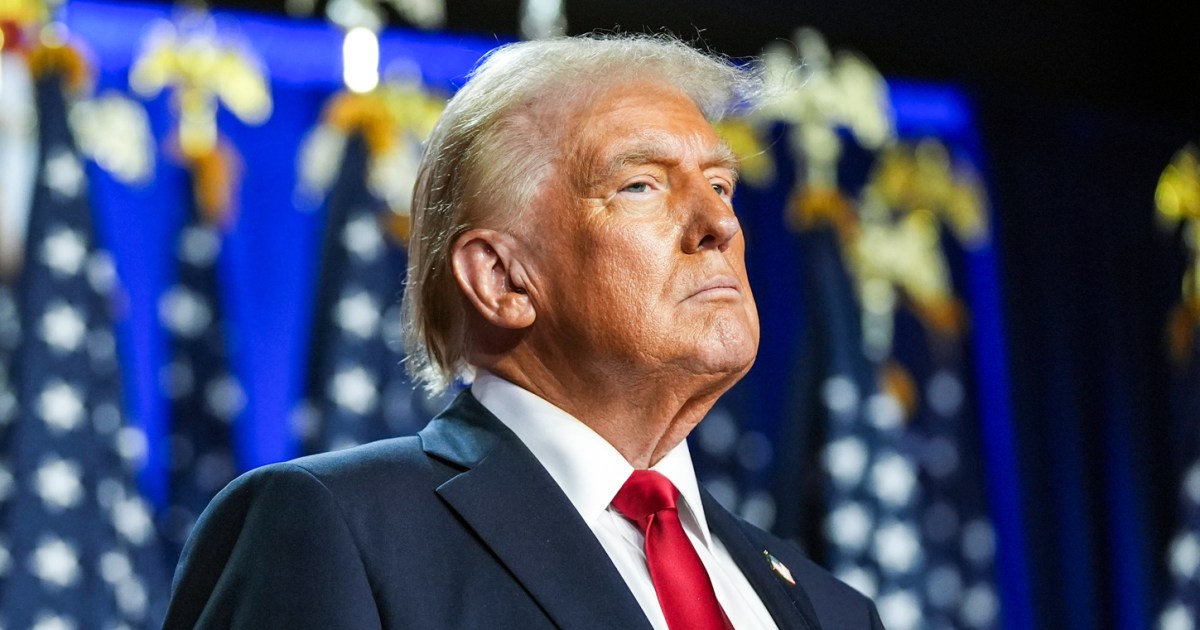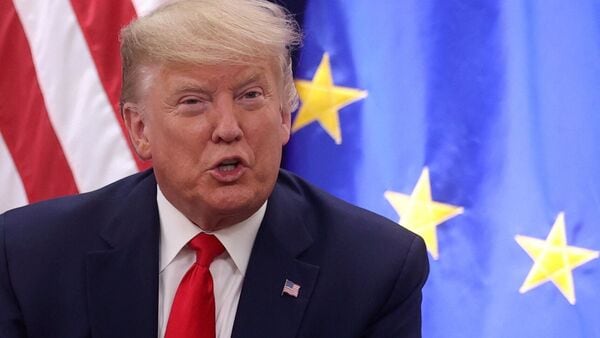Recess appointments are a power granted to the President of the United States under Article II, Section 2 of the Constitution. This allows the President to fill vacancies in federal offices while the Senate is in recess, without needing the Senate’s immediate confirmation. These appointments last until the end of the Senate’s next session, unless the Senate confirms the appointee or the President reappoints them. The rationale behind this power is to ensure that essential government positions are filled even when the Senate is not in session to confirm nominees.

Source:- bbc news
For a President like Donald Trump, recess appointments provide a strategic advantage, particularly when the Senate is controlled by the opposition or is gridlocked. Trump, during his presidency, could use recess appointments to bypass Senate delays or opposition to his nominations. For example, if a key judicial, executive, or agency position remained vacant due to Senate resistance or slow confirmation, Trump could make a recess appointment to ensure that the vacancy was filled with someone aligned with his policies, thus strengthening his administration’s effectiveness.
Source:- news 18
Recess appointments could also help Trump to appoint individuals who may not be able to garner enough Senate votes for confirmation, particularly in a Senate divided by partisan lines. By using this power, Trump could maintain momentum on his legislative agenda and executive orders without waiting for a lengthy confirmation process. However, the use of recess appointments is controversial, as it allows the President to circumvent the Senate’s role in providing advice and consent, which some argue undermines the system of checks and balances. The power is often used in moments of political tension, especially when confirmation hearings become contentious.
Share your views in the comments

